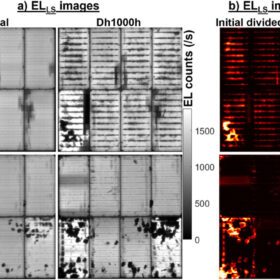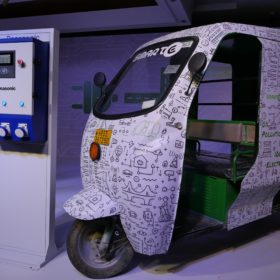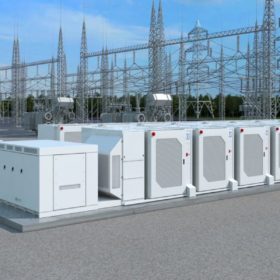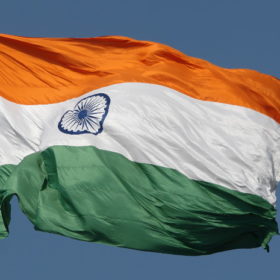Energy transition projects are spread across segments, and their multiplier impact is only possible when brought together by a flexible, digital, and secure grid. This quarter, our orders reflect a pick-up toward this mindset,” said N Venu, Managing Director and Chief Executive Officer, Hitachi Energy India Ltd. “While inventory bottlenecks need attention, we have witnessed some easing in the semi-conductor crunch, which has helped recover margin and PAT. We remain committed to exploring new opportunities stemming from energy transition across geographies for creating a robust and sustainable clean energy ecosystem.”
Orders
In the quarter ending Sept. 30, 2023, we received orders worth INR 1,747.1 crore, up 52 percent QoQ. Transmission projects from multiple utilities, especially toward the build-up of green energy corridors, led the momentum in Q2FY24. The growing order book reaffirms the urgency for rapid energy transition and electrification.
Notable orders include a large contract for High Power (HP) STATCOM to integrate 4GW renewable energy into the National Grid from the upcoming project in Fatehgarh, Rajasthan. The HP STATCOM and all major components for the project will be manufactured at multiple local factories, including the recently inaugurated HVDC & Power Quality factory in Chennai.
Orders were strengthened further by data centers, rail, increasing interest in digital services, and deeper penetration of the installed base.
Exports accounted for 25 percent of total orders in Q2FY24. Orders were received from across the continents – transmission orders in Asia, power quality in Europe and US markets, and automation packages in Africa. The Company also received the largest-ever single order for disconnectors for a project in Guyana. The strategy of making in India for India and the world has augured good results, as our feeder factories continue to receive steady orders from various factories worldwide.
As of September 30, 2023, the order backlog stood at INR 7,578.9 crore – the highest ever – providing revenue visibility for the coming quarters.
Revenue
Solid order execution resulted in sequential revenue improvement of ~18 percent to INR 1,228.2 crore in the quarter ended Sept. 30, 2023. Easing off of supply chain constraints & chip shortages also strengthened earnings.
Profit
The same aided recovery in profit. From the low base last quarter, PBT recovered 857.7 percent to INR 32.4 crore, whereas PAT recovered 926.6 percent to INR 24.7 crore. While businesses continue improving efficiencies through new business models and product standardization, enhancing our strategic approach and go-to-market mechanisms, the impact of inventory backlogs will likely take time to taper off.
Sustainability 2030
In the period under review, the Company has continued to use 100 percent fossil-free electricity in its operations. As part of its sustainability program, a water-saving project is initiated at Maneja to reuse RO reject water in the facility canteen for washing utensils. With this initiative, there is a saving of ~4 percent in freshwater consumption. In the spirit of continuous improvement of processes, factories with larger resource footprints have kickstarted DMAIC (Define, Measure, Analyze, Improve, and Control) on advanced waste flow management.
Outlook
India’s sheer size and its huge scope for growth means that its energy demand is set to grow by more than that of any other country in the coming decades. The backbone of today’s electricity systems, grids are set to become increasingly important as clean energy transitions progress, but they currently receive too little attention. To achieve the countries’ national energy and climate goals, the world’s electricity use needs to grow 20 percent faster in the next decade than it did previously. In India, it also means adding an equivalent of the European Union’s entire existing grid by 2040. Modern and digital grids are vital to safeguard electricity security during clean energy transitions. Government incentive to the energy sector continues with approval ~ INR 3,760 cr Viability Gap Funding for battery energy storage system (BESS), which will open new avenues of investment for the entire energy sector. Furthermore, high-growth segments – rail, data centers, etc. will continue to deliver in the coming quarters.





